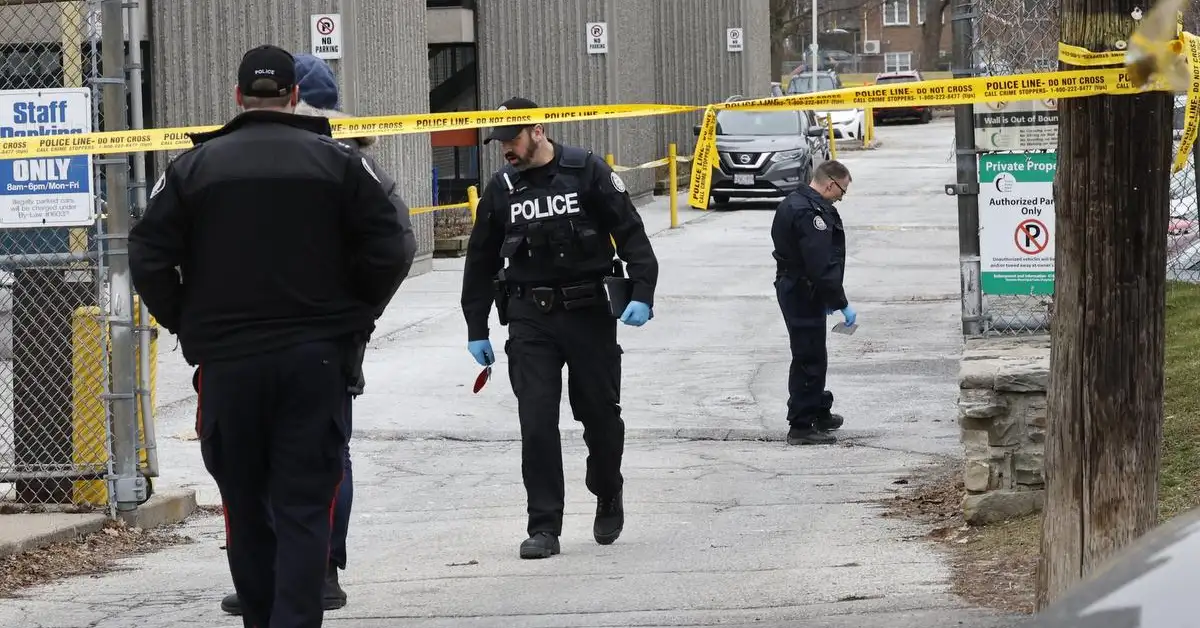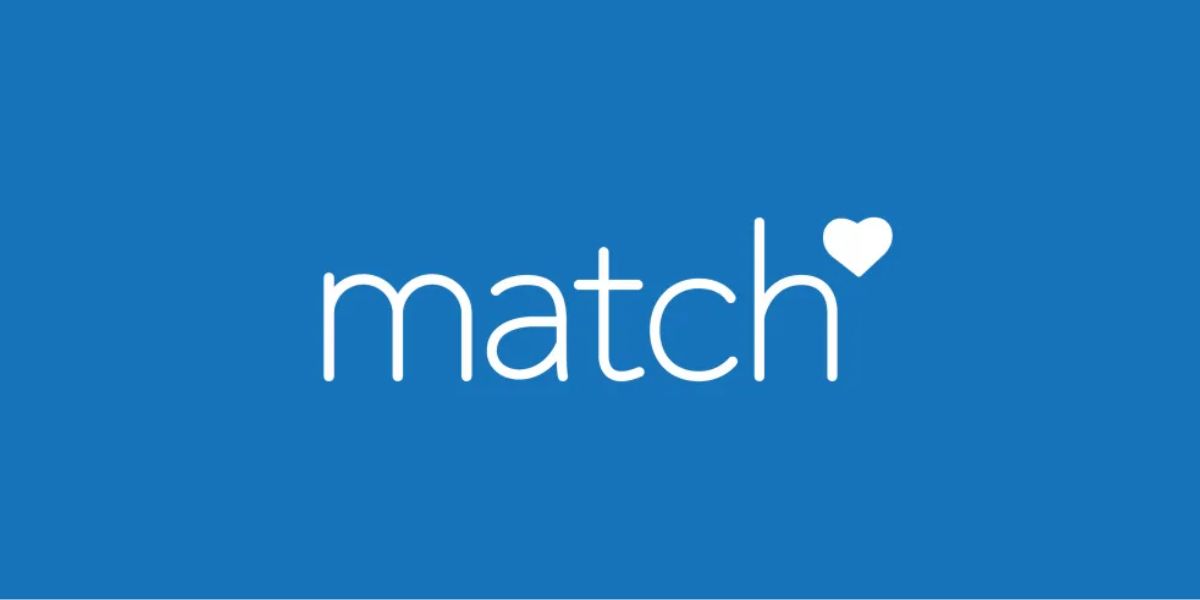Hallway fights. Armed teens. Gun sightings prompt lockdowns.
Principals across the city are straining to cope with scary incidences of violence made all the more worrying because requests to the board for support personnel to act in crisis circumstances sometimes go unanswered because they, too, are stretched thin.
The Toronto public school principals and vice-principals association’s new report depicts harried administrators struggling to manage student behavior.
Administrators say malfunctioning external doors, public address systems, and security cameras complicate school safety.
Lockdown

Ethayakanthan, 15, meets with students from several schools on the student senate, where safety and mental health are their main concerns.
Stress and rage are causing teen violence. She adds familial concerns, financial strains, and food insecurity are other factors. Some students say their families are on the verge of homelessness.
Two youths were fatally shot at David and Mary Thomson Collegiate Institute in February 2022 and outside Woburn Collegiate Institute in October. A student was stabbed in Birchmount Park in November.
In December, York Memorial Collegiate Institute students protested after 14 teachers quit in the fall due to hazardous conditions caused by facilities difficulties and rising violence.
In a drive-by shooting last month, a 15-year-old in Ethayakanthan’s school parking lot was shot three times in the chest.
He went to the office, where colleagues helped him until paramedics took him to the hospital with life-threatening injuries. (Two 17-year-olds were detained in Peel region and face numerous counts.)
Ethayakanthan was watching the girls’ volleyball team practice when the PA system announced “Lockdown, Lockdown, Lockdown” during the lunchtime shooting. Gym-goers hid in a changing area. After a flurry of text messages, adolescents learned about the shooting.
Fighting, Verbal Abuse, Weapons
The principals and vice-principals association polled 548 of its 1,000 members after receiving many calls and emails regarding workload, student behavior, and school safety.
Most blame staff, resources, and support shortages for student well-being, behavior, and safety issues. 80 percent of school employees struggle with student well-being, and 74 percent with student behavior.
Just over one-third think fighting, verbal abuse, and weapon ownership are rising. Some administrators spend most of their time on student behavior, well-being, and crisis intervention.
46 percent said central department requests for extra support for students in crisis were ignored or denied, possibly owing to budget constraints. Support requests could be for anything from a violent occurrence to a special needs kid.
Staffing shortages are being addressed by the TDSB, province, central staff, and unions. In emergencies, health and safety are paramount and principals are supported. Administrators claim facility renovations are typically delayed, backordered, backlogged, or unfunded.
43 percent said their PA systems are outdated, not working well, or frequently breaking down; 28 percent said exterior doors were deficient, including not locking correctly, being propped open, or needing repairs; and 66 percent said their security cameras needed repairs, needed more in specific locations or had none at all.
The TDSB reports a $4 billion maintenance backlog, 60-year-old buildings, and pandemic-related supply chain concerns.
The board prioritizes health and safety requests and responds fast. Major issues like a non-locking outside door are handled immediately.
Some cameras don’t work, but they’re so ancient it’s hard to find components. The board is testing new security camera equipment at two schools and wants to spend $20 million to replace all TDSB school cameras with modern ones. Given the number of cameras—Weston Collegiate has 80—it’s a big job.
Education Minister Stephen Lecce has stated that school violence is a significant issue and that he wants safe and inclusive schools.
TDSB’s Action Plan
The TDSB’s December 13-point action plan includes increasing staff training, engaging with community partners to develop children’s programming, and creating an expert panel to offer suggestions. It also requested assistance from all government levels.
The TDSB’s strategy calls for more violent occurrences in schools, including weapon possession, sexual assault, and physical assault requiring medical care.
The spike matches Toronto Police Service data on youth violence between 12 and 29. Toronto had 870 firearm occurrences from January 2021 to November 2022, resulting in 426 victims, half of them were adolescents, with eight percent aged 12-17. Youth comprised 17% of the accused.
During that time, 622 young people were stabbed and 586 were accused, but a TPS analysis showed an alarming 13% increase in juveniles accused of stabbing. Youth assaults and robberies increased by 17% and 8%, respectively.
Before this academic year, schools have to examine safety measures and go through a checklist. Toronto police lockdown/threat assessment coordinator Tony Santeramo would train schools in emergency preparedness and threat assessment.
The TDSB now requires all superintendents, administrators, and office employees to attend training with Santeramo, who analyses board protocols and uses real-world examples like Parkland, Florida, Uvalde, Texas, and Michigan State University school shootings.
Staff now call a school “lockdown” instead of utilizing a code word because of mandatory training. After the TDSB held an online training session for over 500 administrators last month, 150 emailed Santeramo requesting him to educate their instructors.
The TDSB has prioritized disaster planning, including lockdown, hold and secure, and shelter in place, for over a decade. But, its Caring and Safe Schools team is now learning threat assessment, which involves assessing a pupil or situation for danger.
The Center for Trauma-Informed Practices trains personnel to implement trauma-informed practices across the system.
Outside training, communities tell the TDSB that students have nothing to do. High school students tutored primary pupils at 13 schools over March break. The TDSB used tutoring funding from the government to pay for these camps by March 31, Spyropoulos claims.
Community groups help the board plan programming. Saturday pilot projects at David and Mary Thomson Collegiate and Winston Churchill Collegiate for TDSB Focus on Youth youth are examples.
Ministry-funded cooperation between the province, school boards, and community groups, gives youths in high-needs neighborhoods job opportunities and leadership training.
continue reading our latest articles we publish on this site:
- Party Lines On Guns Are Being Redefined By Millennials And Gen Zers
- Suspect Arrested After One Fatality And One Injury In Texas School Shooting
On-site food handling and safety courses for teens may help them get jobs in restaurants or skilled trades. Another set of board leadership youths coaches elementary school youngsters in the gym.
“Really improve school safety and school climate,” says Caring and Safe Schools adviser Emmanuel Papathanasakis, who developed this trial approach.
His weekday duties include helping administrators with behavioral concerns and sending expelled or charged children to different schools so they can comply with terms like staying away from certain pupils. “We are swamped” this year.
He argues a trial project like this can keep pupils on track. Youngsters from different backgrounds work together in a secure setting.
Patricia Gault is a seasoned journalist with years of experience in the industry. She has a passion for uncovering the truth and bringing important stories to light. Patricia has a sharp eye for detail and a talent for making complex issues accessible to a broad audience. Throughout her career, she has demonstrated a commitment to accuracy and impartiality, earning a reputation as a reliable and trusted source of news.
Contents










